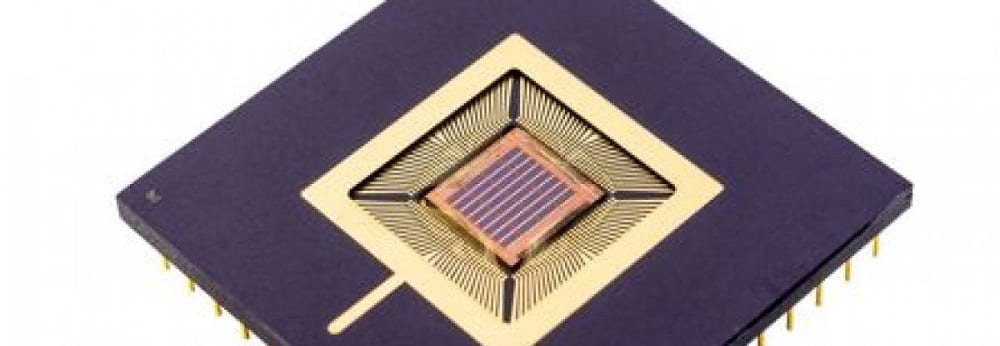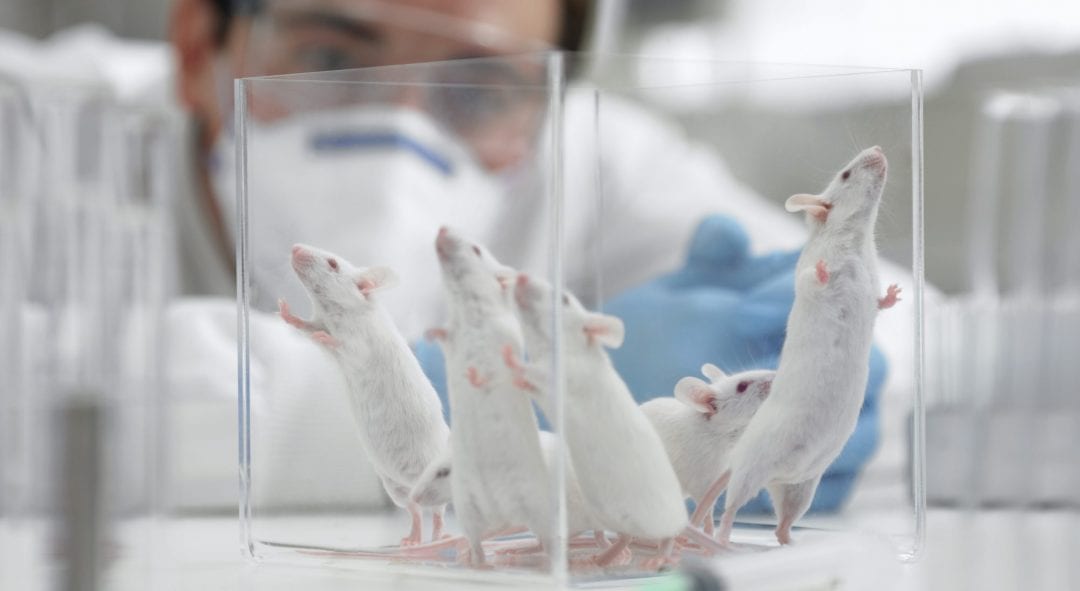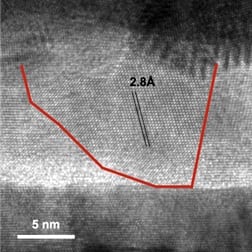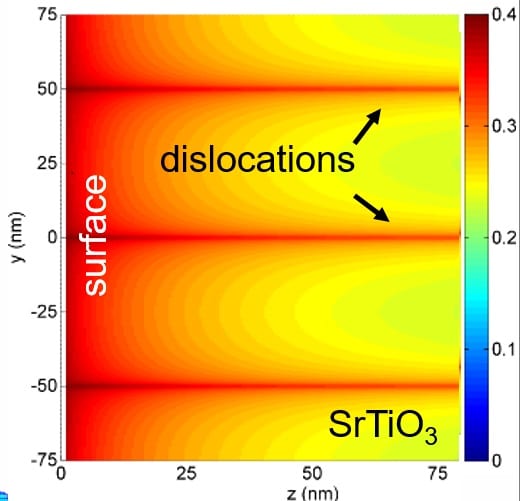Researchers demonstrate a strategy using a photoresponsive malleable actuator with mechanical strain energy stored in the polymer beforehand.


Researchers demonstrate a strategy using a photoresponsive malleable actuator with mechanical strain energy stored in the polymer beforehand.

A brain-inspired, neuromorphic chip has the capability of self-learning and has been demonstrated the ability to compose music.

A directed self-assembly of gold nanoparticles may be employed for the design of molecular electronic networks for logic or memory applications.

Prof. Korley and co-workers explore the design principles used to develop environmentally-responsive materials that serve as release agents, sensors, switches, and actuators.

Various views on the same cell are discussed in a recent Special Issue on Monocytes and Marcophages.

Dr. Lucio Costa and co-workers describe six different behavioral tests in the three main areas affected in ASD (repetitive behavior, communication, social interactions).

A Ni2O3 phase as a highly possible filament structure, where the Ni2O3 phase was directly observed by high-resolution TEM in the unipolar NiO thin films by comparing low resistance state and high resistance state samples.

Mechanisms of the action for ketosis in aging and extending life span are proposed in a recent review.

Plastic strain engineering to analyze the effect of dislocation space charges on electrical and oxygen diffusion properties in SrTiO3 as a model oxide.

Many-body localized systems are central to the functioning of modern quantum computing devices. Yet, many-body localization is not completely understood.